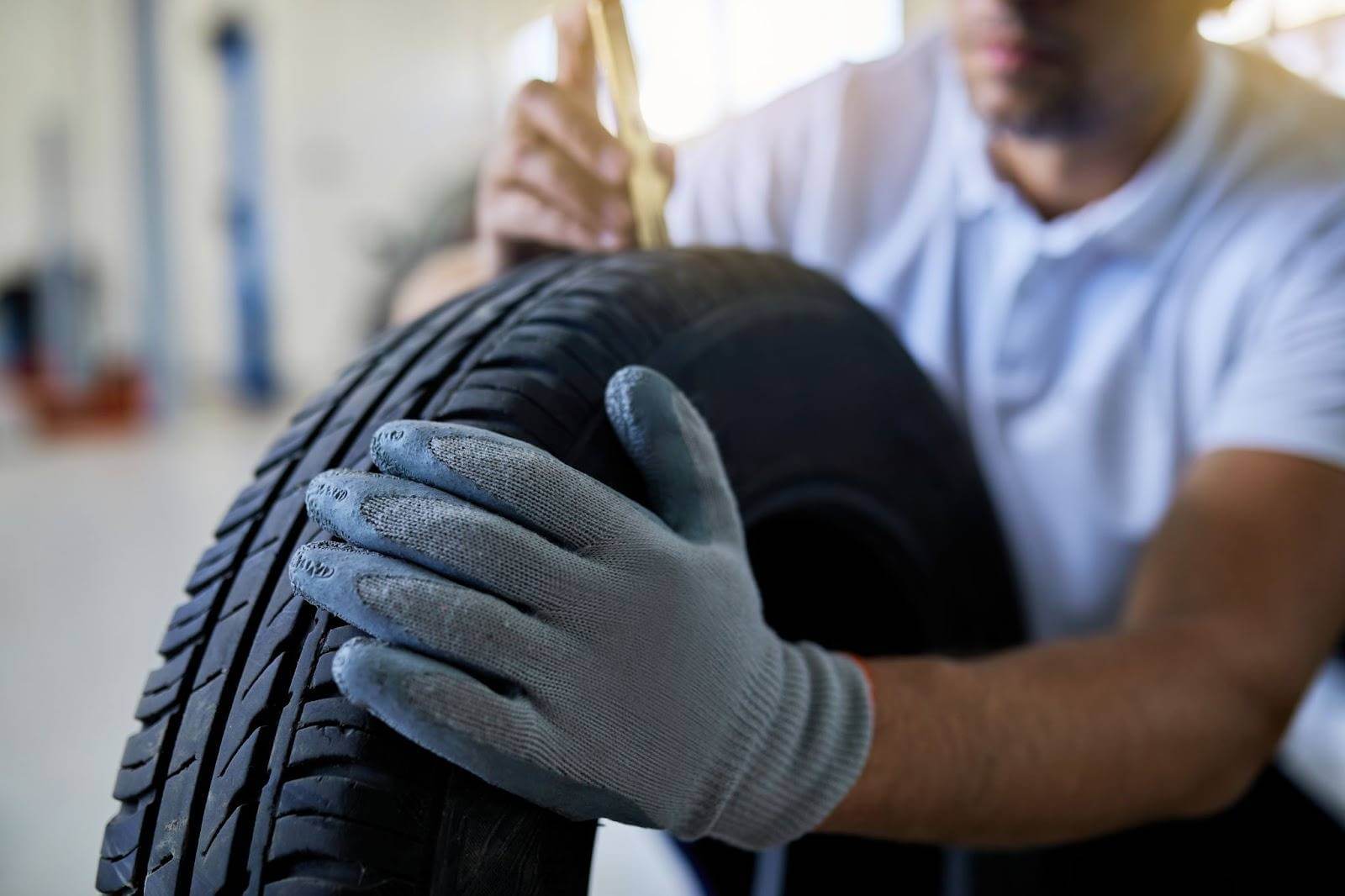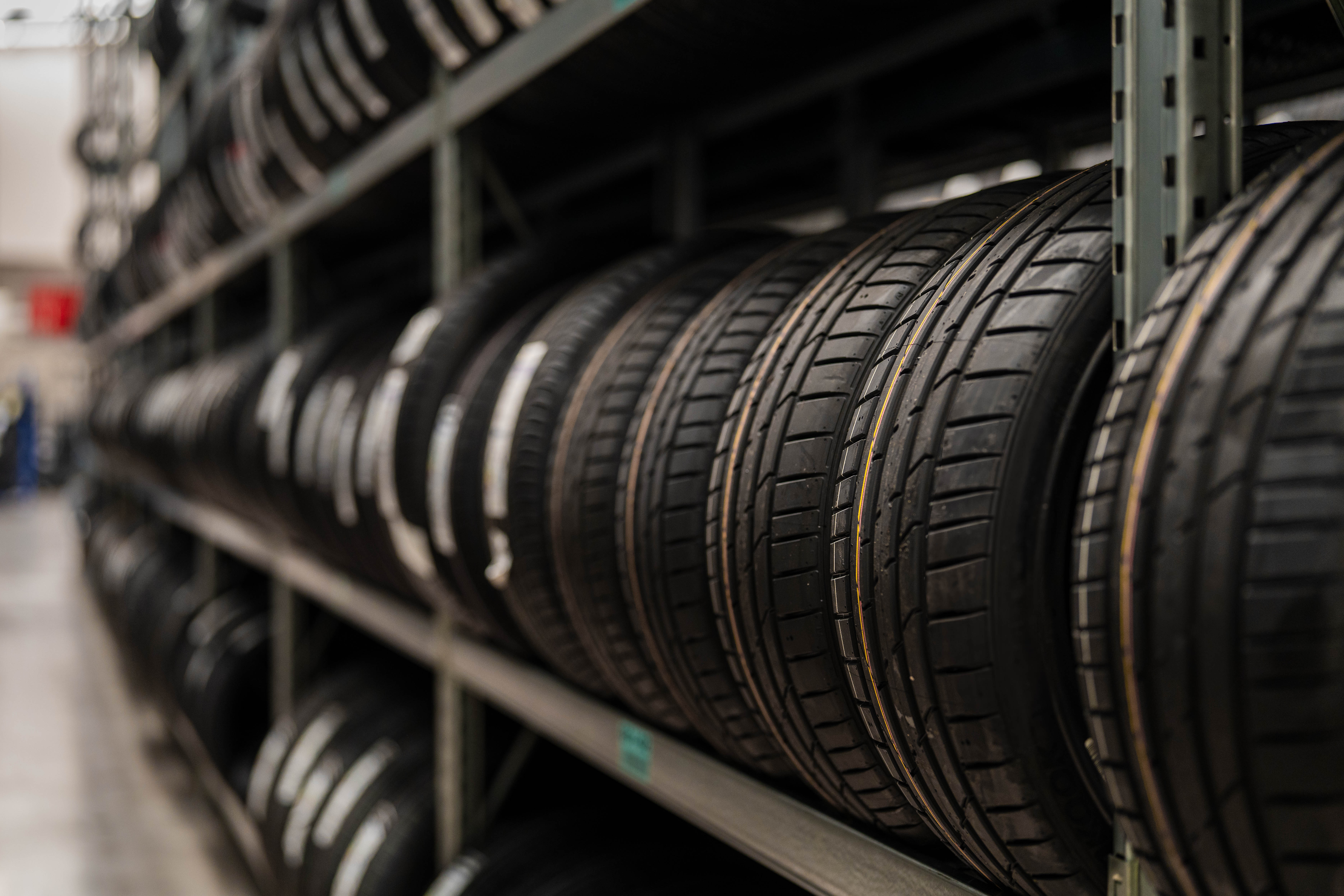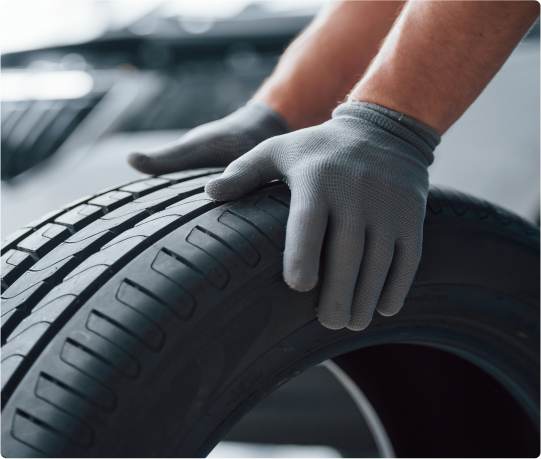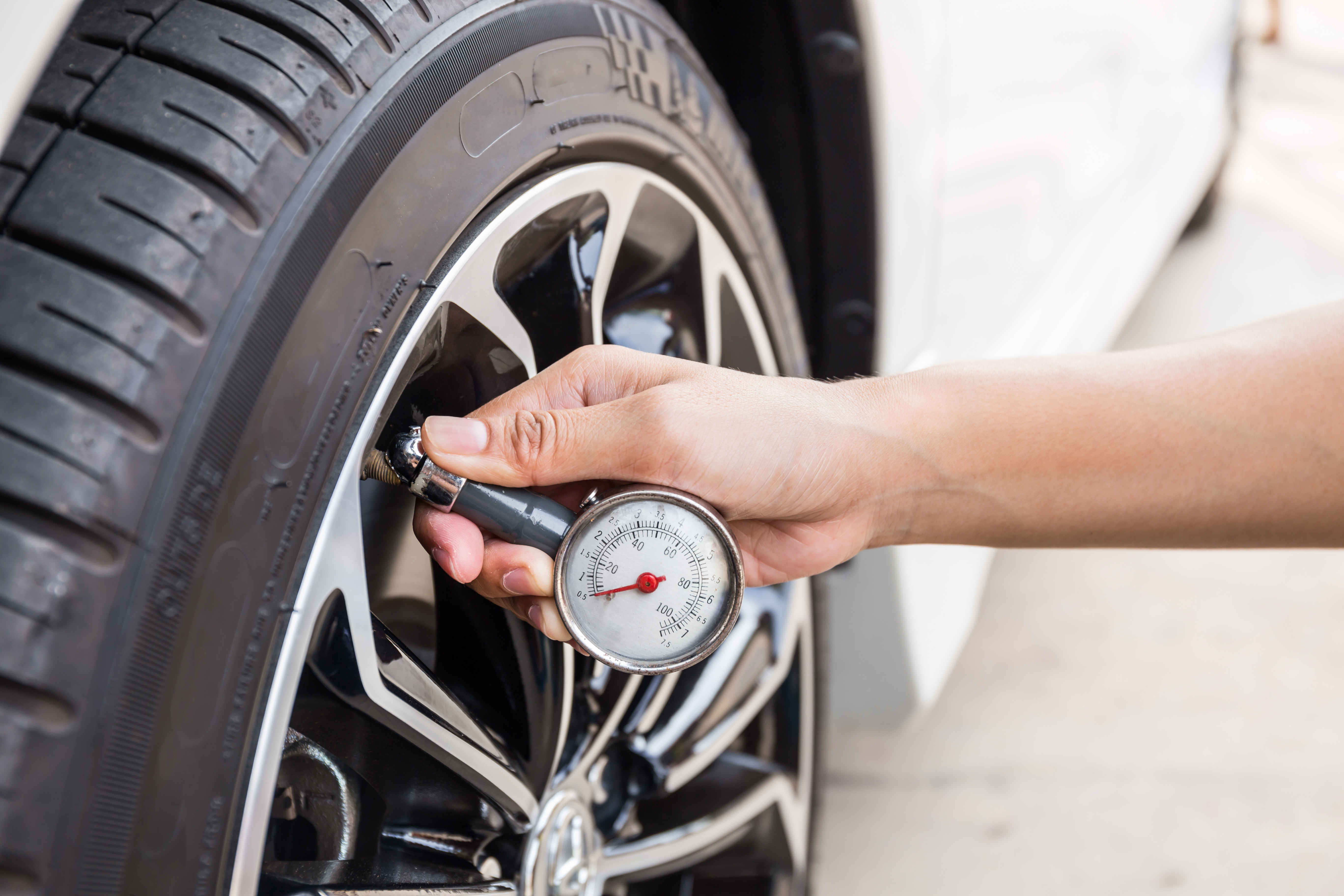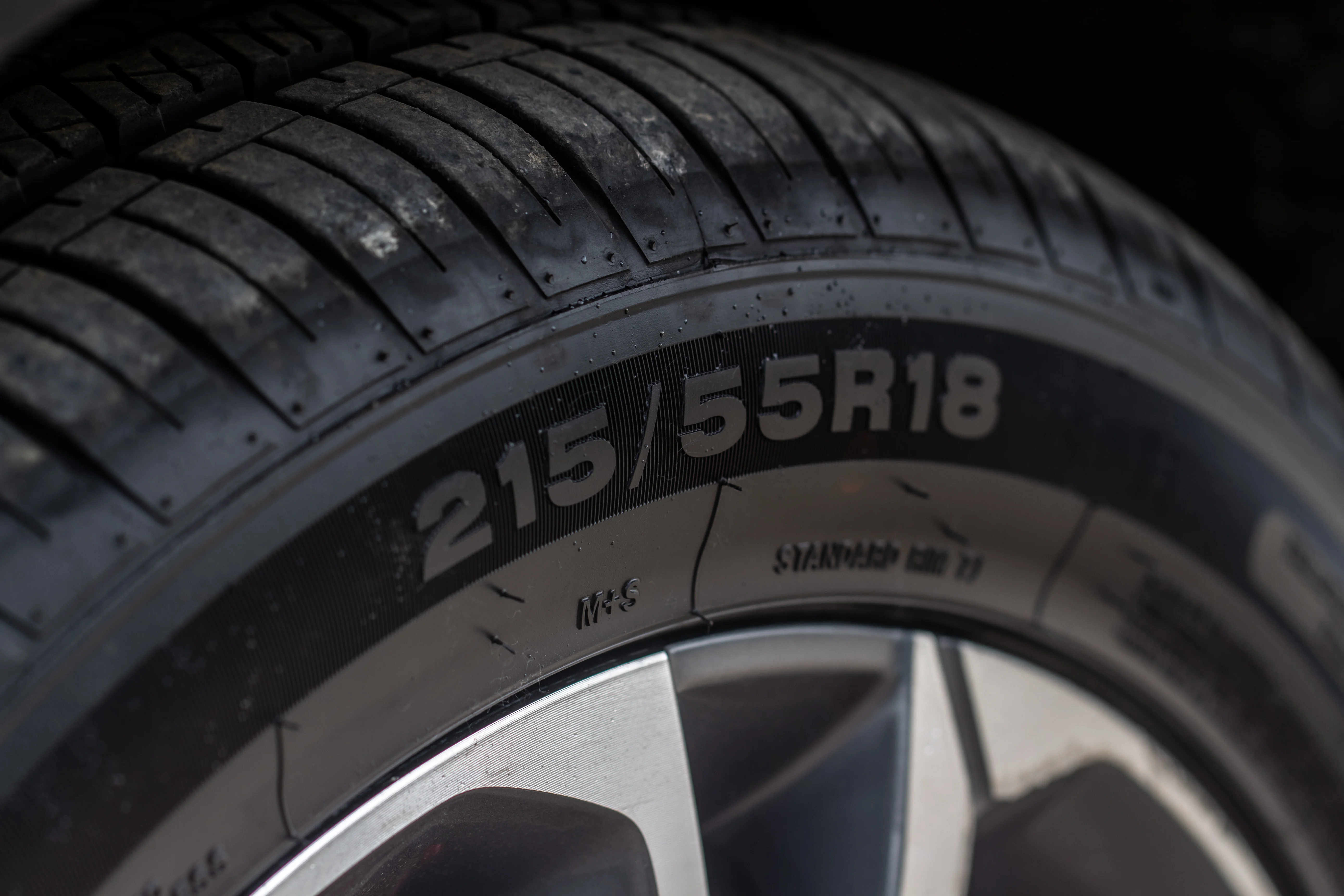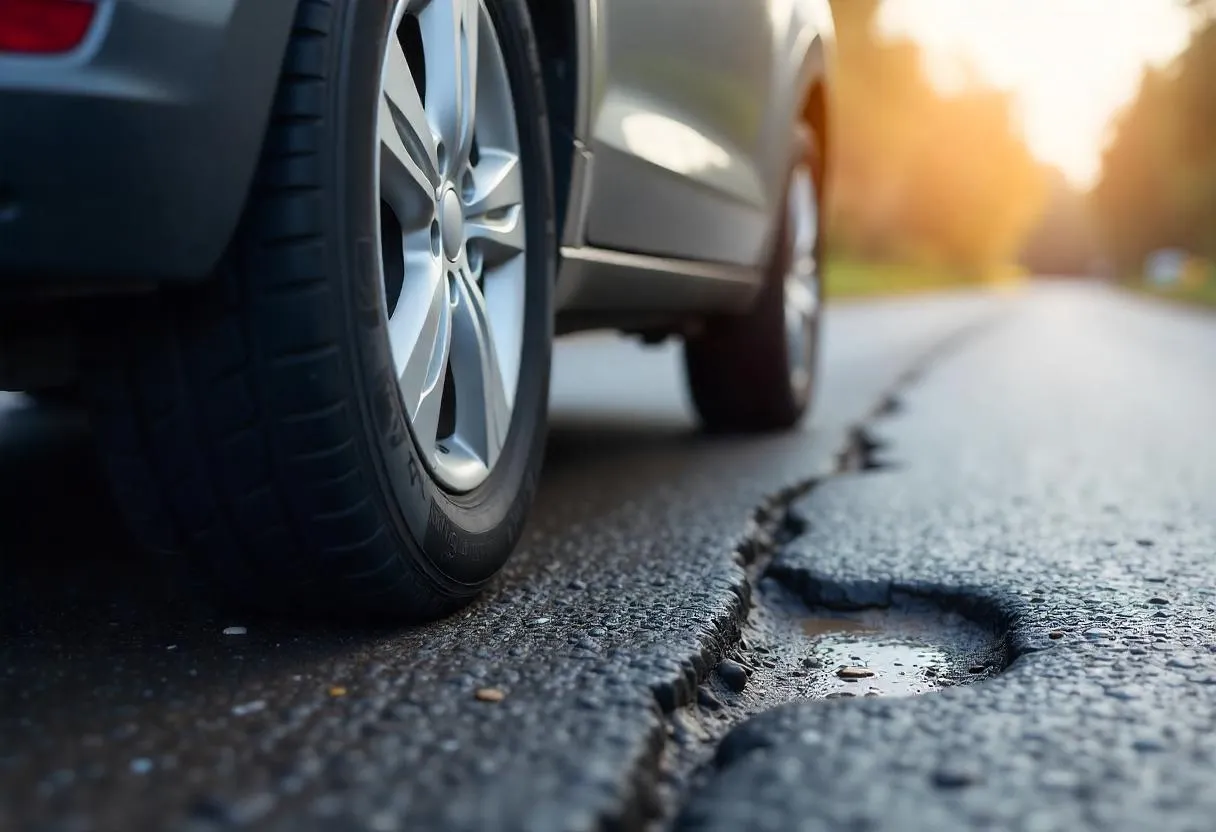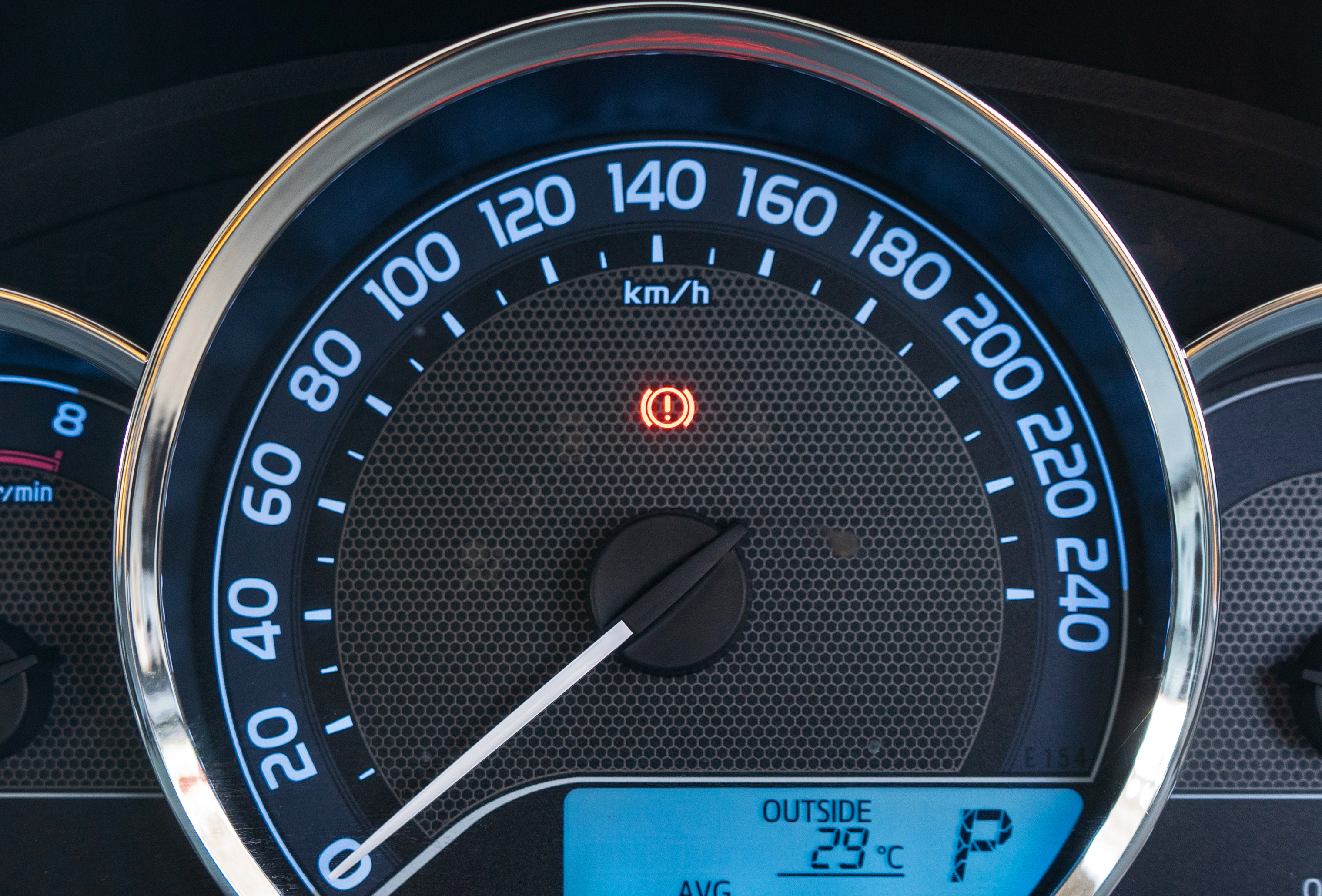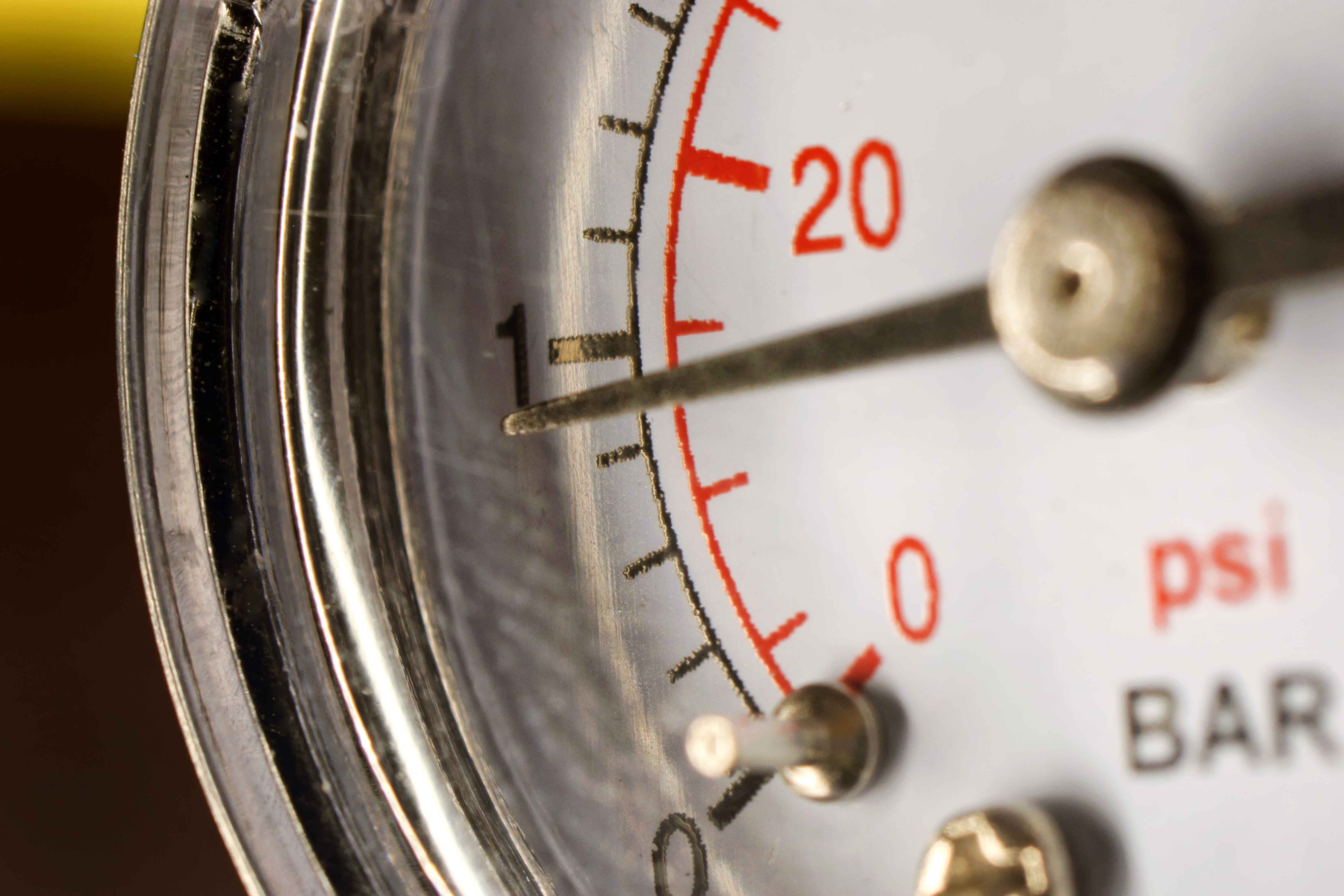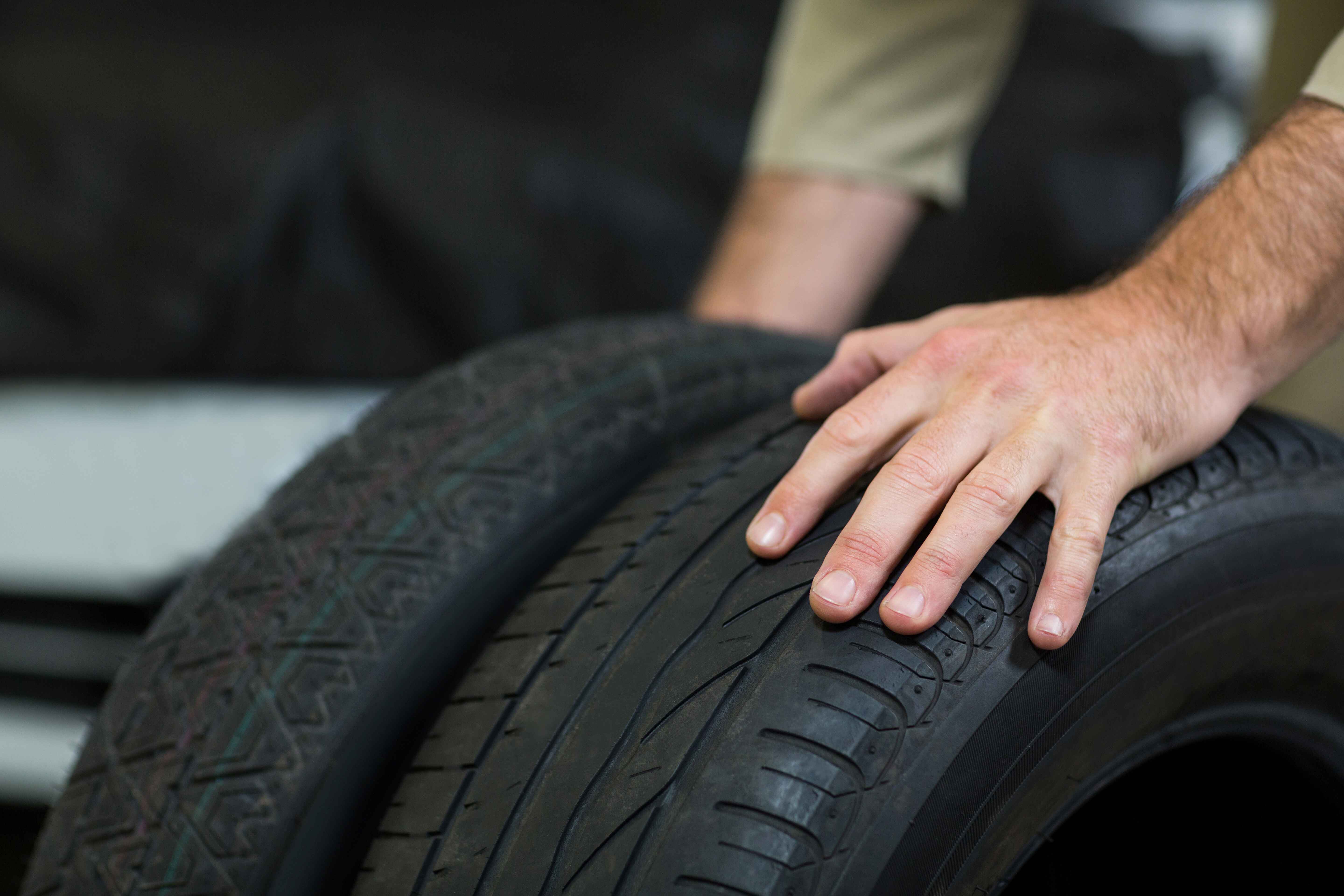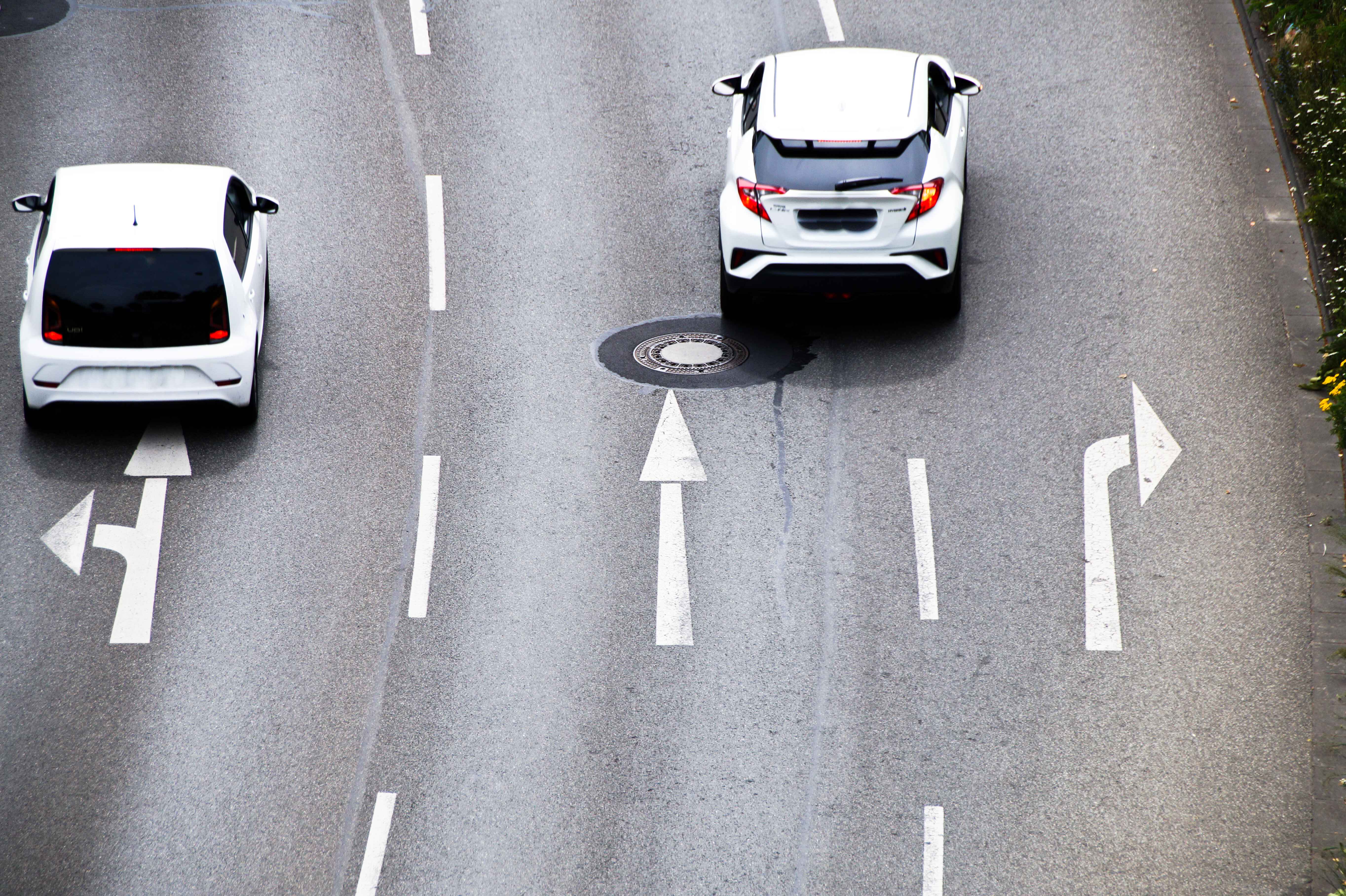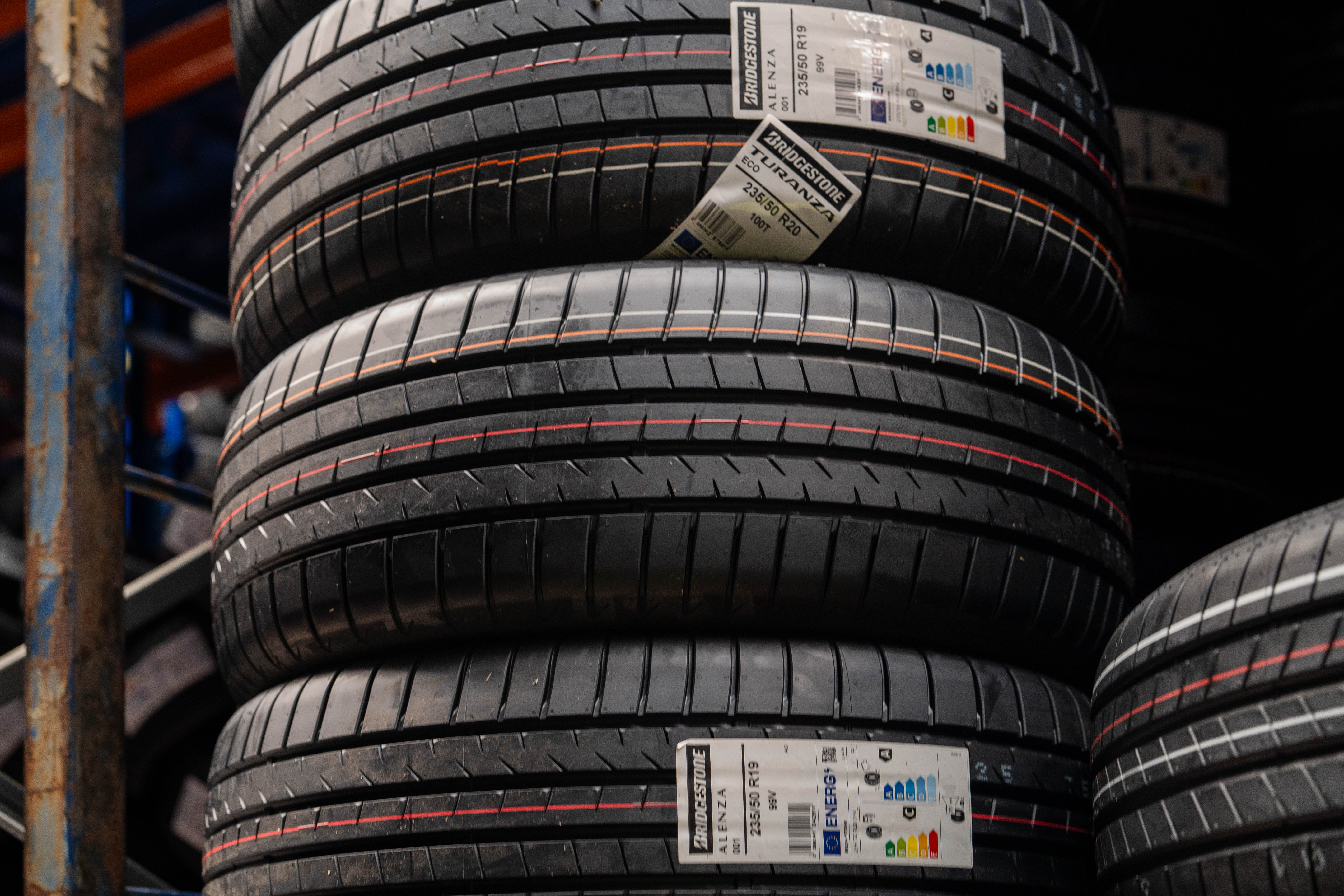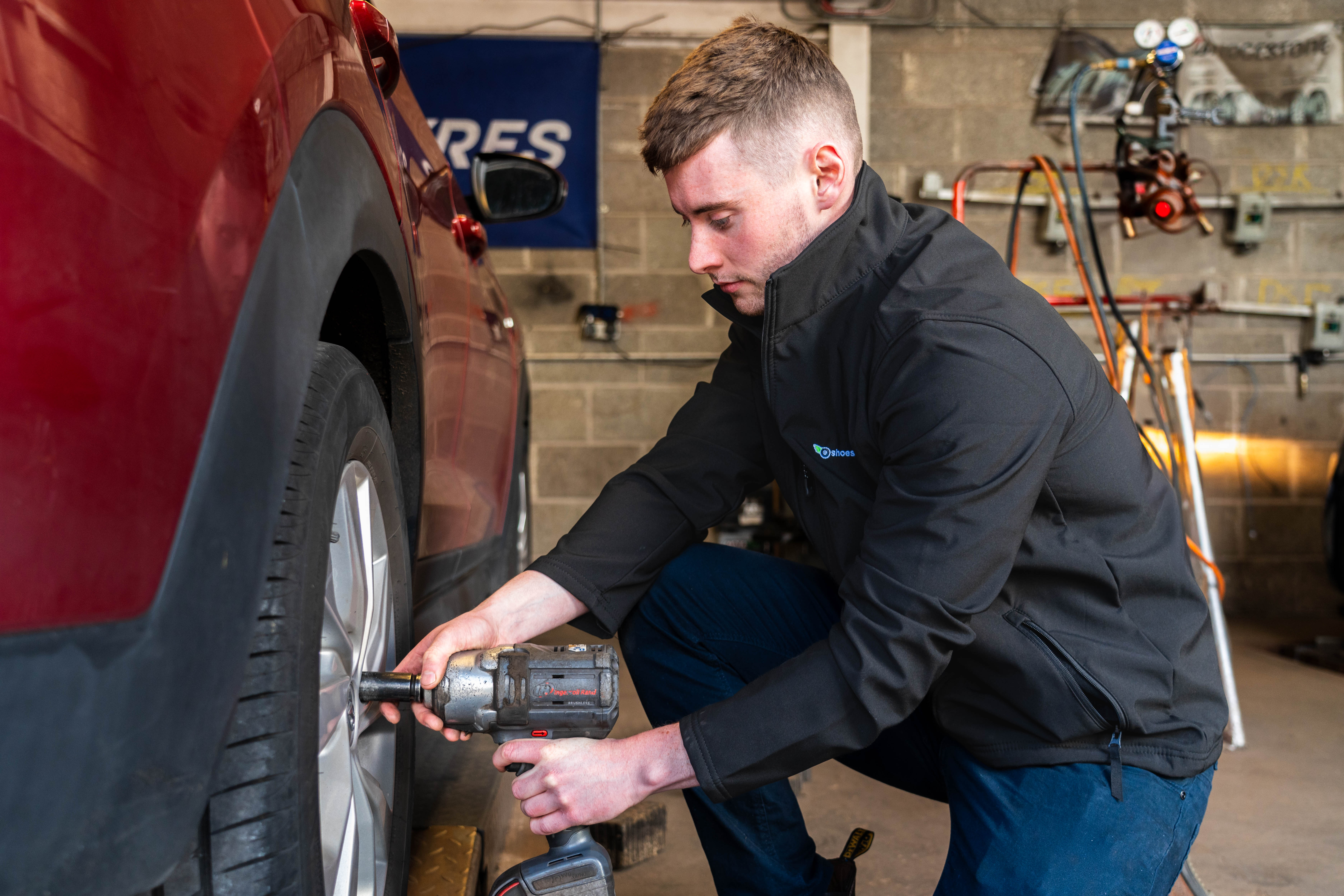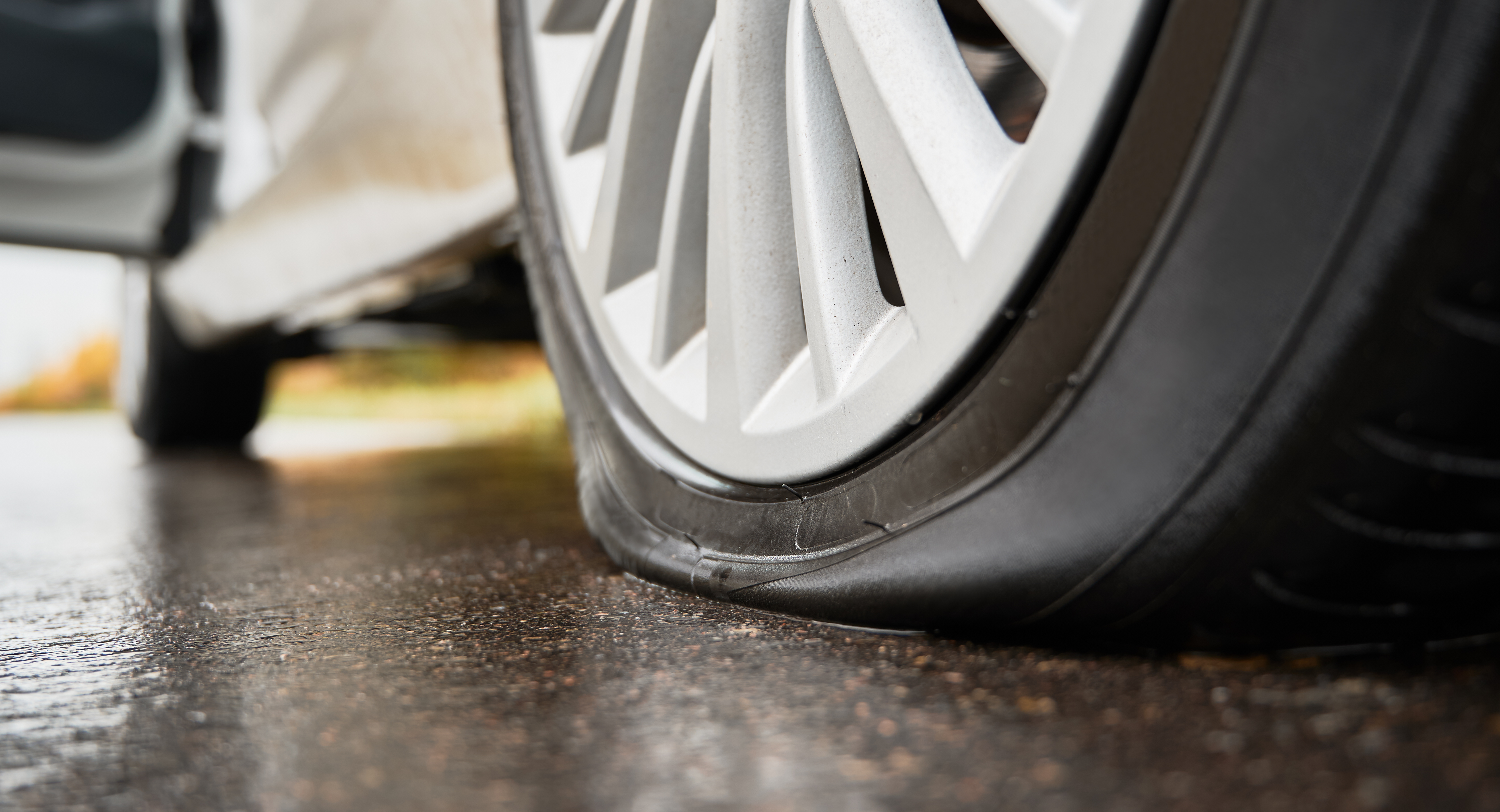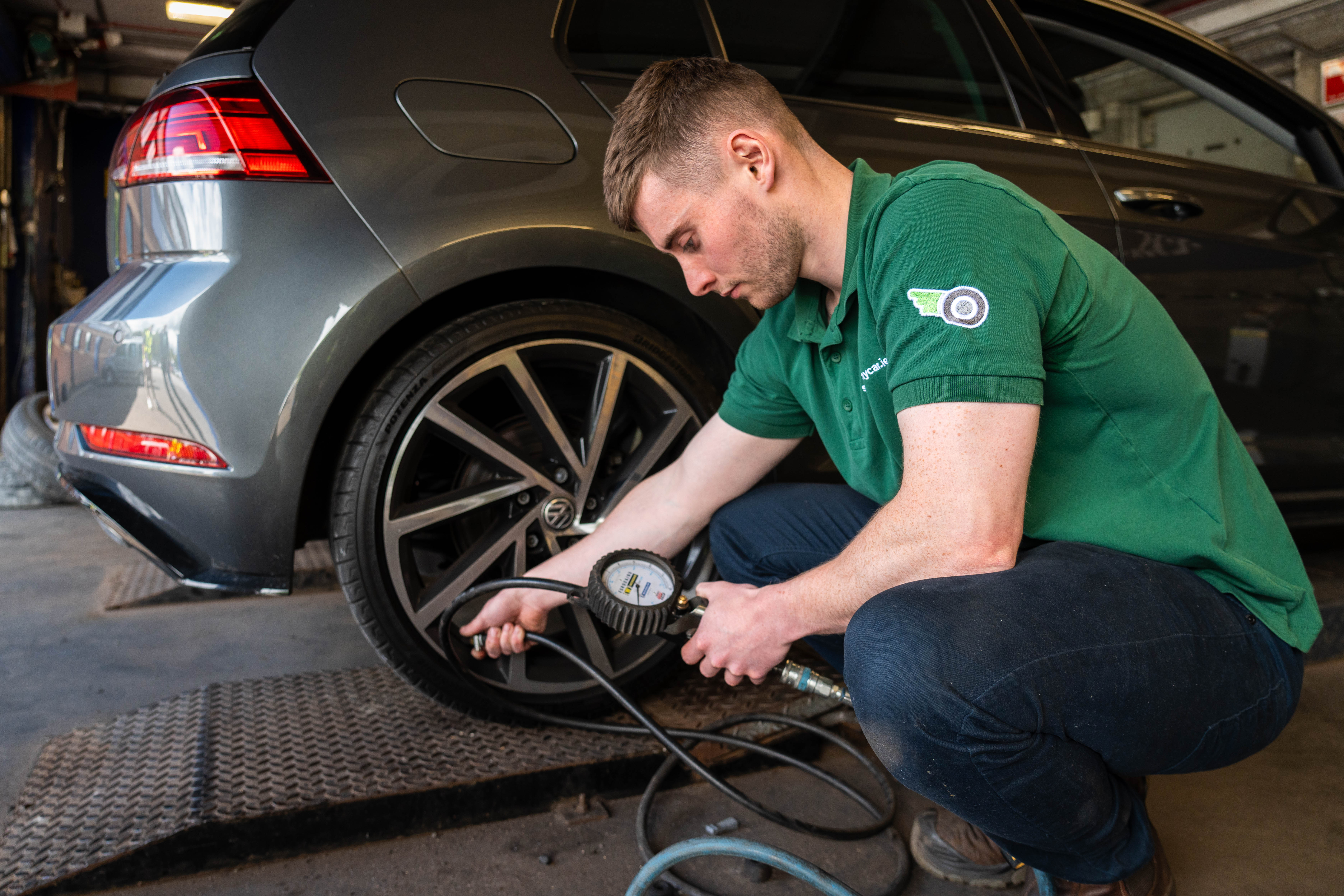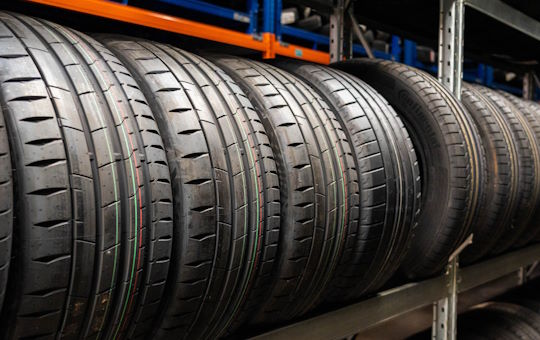If your car battery keeps dying, it’s usually a sign that something’s draining power or preventing it from charging properly. It could be something simple (like leaving your lights on) or something more serious, like a faulty alternator or corroded terminals. In this guide, we’ll walk you through the most common reasons car batteries lose charge and what you can do to fix the issue for good.
How a Car Battery Works
Your car battery is a 12-volt lead-acid battery, and it plays a crucial role every time you start your vehicle. It provides the electrical power needed to crank the engine and run essential components like your lights, radio, dashboard, and other electronics. Once the engine is running, the alternator takes over and keeps everything powered while also recharging the battery.
Under normal conditions, a car battery lasts about 3 to 5 years. But that can vary depending on how and where you drive, how often you use your car, and how well the battery is maintained. Things like extreme temperatures, frequent short trips, long periods of inactivity, loose connections, or hidden electrical drains can all shorten your battery’s lifespan, even if the battery itself is brand new.
Top Reasons Your Car Battery Keeps Dying
You’re Driving Short Distances
If you mostly use your car for short trips, like quick errands or the daily school run, your battery might not be getting enough time to recharge. Each time you start the engine, the battery takes a hit. But it needs a decent drive afterwards (typically 20+ minutes) to fully recover that charge. If your trips are too brief, the alternator won’t have time to replenish the battery, and over time this leaves it weak or flat. Infrequent use can make things worse, especially in cold weather when your car’s systems require more power to get going. If you mostly drive short distances, consider taking your car for a longer drive once a week to keep the battery healthy, or use a trickle charger to top it up while parked.
You Left Your Headlights or Interior Lights On
Accidentally leaving your headlights or cabin lights on overnight is one of the most common reasons for a flat battery, especially in older cars that don’t have an automatic shutoff. Even small lights, like a boot lamp or glovebox bulb, can drain a car battery over several hours if left on. Modern vehicles often warn you or turn lights off automatically, but that’s not a guarantee, especially if there’s a fault in the electrical system. If your battery keeps dying overnight and you're sure everything is switched off, it's worth double-checking for any interior lights staying on unnoticed. Getting into the habit of checking all lights before locking up can save you from a morning surprise.
Your Battery Is Just Old
Like any part of your car, the battery has a limited lifespan. Most 12-volt car batteries last between three to five years, depending on usage, climate, and maintenance. Over time, the internal components degrade and lose the ability to hold a charge effectively. One common cause is sulfation, where lead sulfate crystals build up on the battery plates and reduce performance. If your battery is reaching the end of its life, it may struggle to start the car, lose charge quickly, or die unexpectedly even after being jumped. If it’s more than three years old and you’ve noticed these signs, it might be time for a replacement.
A Faulty Alternator
The alternator plays a crucial role in keeping your car battery charged. As you drive, it uses the engine’s power to recharge the battery and run electrical systems like the lights, radio, and climate control. If the alternator is failing or not producing enough voltage, your battery will start to drain rather than recharge. You might notice dim headlights, warning lights on the dashboard, or electronics behaving erratically. Eventually, the car may stop starting altogether. A faulty alternator can mimic the signs of a dying battery, so it’s worth getting both tested if you're unsure which is to blame.
Parasitic Drain
Parasitic drain happens when something in your car continues to use electricity even after the engine is turned off. This could be an interior light that doesn’t switch off, a faulty relay, or even an issue with the wiring. Over time, these small drains can slowly deplete your battery, especially if the car sits unused for a day or two. While some drain is normal to keep systems like your clock or alarm active, excessive drain will leave your battery flat. Diagnosing the cause can be tricky and often requires a professional using specialised tools.
Extreme Temperatures (Cold or Hot)
Car batteries are sensitive to temperature, and both freezing cold and intense heat can reduce their performance. In cold weather, the chemical reactions inside the battery slow down, which makes it harder to start the engine. In hot weather, battery fluid can evaporate more quickly, damaging internal components and shortening its lifespan. If you live in an area with extreme seasonal temperatures, your battery might need replacing more often, and keeping it properly maintained becomes even more important.
Loose or Corroded Battery Connections
If the battery terminals or cables are loose or corroded, electricity can't flow properly. This can lead to problems starting your car or charging the battery while you drive. Corrosion often looks like a white or bluish powder on the terminals and can interfere with power delivery. Even if your battery is in good condition, a poor connection can make it seem like it’s dead. Cleaning the terminals and tightening the connections is a simple fix that can make a big difference.
Faulty Charging System
A weak or inconsistent charging system can cause your battery to die repeatedly. While the alternator is a key part of this system, problems can also stem from worn or slipping drive belts, faulty voltage regulators, or damaged wiring. If any component in the charging system fails, your battery may not get the power it needs to recharge properly. Over time, this leads to a flat battery, even if everything else seems to be working fine.
You Don’t Drive Often Enough
If your car sits unused for long stretches, the battery can gradually lose its charge. All batteries self-discharge over time, and without regular driving to recharge it, the battery can eventually go flat. This is especially common with second cars or vehicles parked for weeks at a time. Using a trickle charger or simply driving more often can help prevent this slow but steady drain.
You Bought a Cheap or Wrong Battery
Not all car batteries are created equal. If you’ve installed a battery that doesn't meet your vehicle’s specifications, or opted for a lower-quality brand to save money, it may not perform reliably. A battery with the wrong cold cranking amps (CCA) or reserve capacity can struggle to start your engine, especially in extreme temperatures. Cheaper batteries also tend to degrade faster, leading to shorter lifespans and more frequent replacements. Always check your vehicle’s manual and buy from a trusted supplier to ensure you're getting the right fit.
Signs Your Battery Is on Its Way Out
Car batteries don’t usually fail without warning. If you pay attention to a few common signs, you can catch a dying battery before it leaves you stranded.
A slow engine crank is one of the most obvious indicators. When you turn the key or press the start button, the engine should start promptly. If it turns over slowly or struggles to fire up, your battery may be losing its charge-holding ability.
Dashboard warning lights, particularly the battery or check engine light, are also worth watching. These can signal problems with the battery itself or the charging system that keeps it powered.
Electrical issues like flickering headlights, dim interior lights, or malfunctioning infotainment systems can all point to a weakening battery. Since modern cars rely heavily on electronics, low battery voltage can trigger all sorts of glitches.
If you notice a swollen battery case, that’s a clear sign something’s wrong. Overcharging or exposure to extreme temperatures can cause the casing to bulge, reducing battery life and posing a safety risk.
Finally, low battery fluid levels (in non-sealed batteries) can also indicate trouble. If the fluid inside drops below the lead plates, it can damage the battery and reduce performance.
Recognising these warning signs early can help you avoid the inconvenience of a dead battery and the cost of an emergency callout.
What to Do If Your Battery Keeps Dying
1. Jump-Start Your Car
If your battery is flat but not completely dead, a jump-start can get you moving again. You’ll need jumper cables and a second vehicle with a healthy battery. Once connected properly, let the working car run for a few minutes before trying to start your own. If you’re unsure of the steps, check out a full guide to jump-starting a car safely.
2. Check the Connections
Open the bonnet and inspect the battery terminals. Loose clamps or corrosion can interfere with power flow. Make sure the connections are tight and clean. You can remove corrosion using a mix of baking soda and water with a wire brush. It’s a simple fix that can restore reliable performance.
3. Look for Parasitic Draw
Sometimes electronics draw power from the battery even when the car is off. This is known as a parasitic draw. Dash cams, interior lights, faulty wiring, or a stuck relay are common causes. A mechanic can run a parasitic draw test with a multimeter to pinpoint the issue.
4. Get Your Battery Tested
Most garages and auto parts shops offer free or low-cost battery testing. This will tell you whether the battery is still healthy or failing. It’s also a good idea to test your alternator and overall charging system during the same visit.
5. Replace the Battery if Necessary
If your battery is old, damaged, or no longer holds a charge, replacement is the best option. Choose a high-quality battery that fits your car’s specifications. While a cheaper option might be tempting, it often leads to more problems down the line.
Car Battery Checklist
- ✓Check battery terminals for corrosion
- ✓Ensure cables are tight and secure
- ✓Look for any signs of swelling or damage
- ✓Test battery voltage periodically
- ✓Check alternator function
- ✓Inspect for parasitic drain
- ✓Clean terminals with baking soda and water
- ✓Drive the car regularly for at least 15-20 minutes
How to Prevent Future Battery Problems
A little bit of regular attention can go a long way in avoiding battery trouble. Start by making a habit of checking your battery visually. Look for any signs of corrosion, loose cables, or a swollen casing. Cleaning the terminals with a wire brush and some baking soda solution can help keep the connections strong and reliable.
Try to drive your car regularly, even if you don’t use it daily. A 15 to 20-minute drive a few times a week helps keep the battery charged. Short trips, especially in cold weather, can drain the battery faster than it can recharge. If your car sits unused for long periods, consider using a battery maintainer. This device keeps the battery topped up without overcharging it, which is especially useful if you're storing your car during the winter months or working from home more often.
Make sure you’re using the correct type and size of battery for your vehicle. A battery that doesn't meet the manufacturer’s specifications can struggle to deliver the right power, especially in extreme conditions.
Don’t forget your tyres play a part too. Properly inflated and well-maintained tyres reduce the strain on your car’s electrical system. Underinflated tyres make your engine work harder, which can increase battery drain over time. Regular tyre checks alongside battery maintenance help keep your car running smoothly.
By combining regular checks, proper use, and basic maintenance, you can significantly extend the life of your battery and avoid the stress of being stranded with a dead one.
Final Thoughts
A dying car battery is more than just an inconvenience - it’s often a warning sign. Whether it's caused by short trips, extreme temperatures, a faulty alternator, or simple old age, understanding the root of the problem is key to preventing future breakdowns. Even small issues like loose terminals or forgetting to turn off your lights can add up over time.
If you’ve noticed slow starts, warning lights, or other electrical oddities, don’t ignore them. These are early signs that your battery might be struggling. Taking action now, whether it's cleaning the terminals, driving more regularly, or getting the battery tested, can save you from the hassle of a dead car at the worst possible moment.
Your battery plays a vital role in keeping everything running smoothly. A bit of care and attention goes a long way in keeping your car dependable every day.
And while you’re taking care of your battery, don’t forget your tyres. Find new tyres by reg from Shoes For My Car and have them delivered and fitted locally at your chosen centre, ensuring your car stays safe and reliable on every journey.
Frequently Asked Questions
Why does my car battery keep dying so quickly?Several factors can cause a car battery to die quickly, including short trips that don’t fully recharge the battery, leaving lights on, faulty alternators, or an old battery nearing the end of its lifespan.
How often should I check my car battery?It’s a good idea to visually inspect your battery every few months for corrosion, loose connections, or damage, and have it tested professionally at least once a year.
Can cold weather really affect my battery life?Yes, cold weather can reduce a battery’s capacity and make it harder to start your car. Batteries also degrade faster if exposed to extreme temperatures over time.
What should I do if my battery keeps dying even after replacing it?If your new battery keeps dying, it could be a sign of a faulty alternator, parasitic drain from electrical faults, or poor battery connections. Have a mechanic perform a full electrical system check.
Can I use a battery maintainer to extend my battery’s life?Yes, using a battery maintainer is a great way to keep your battery charged when your car is unused for long periods. It helps prevent self-discharge and extends battery life.


